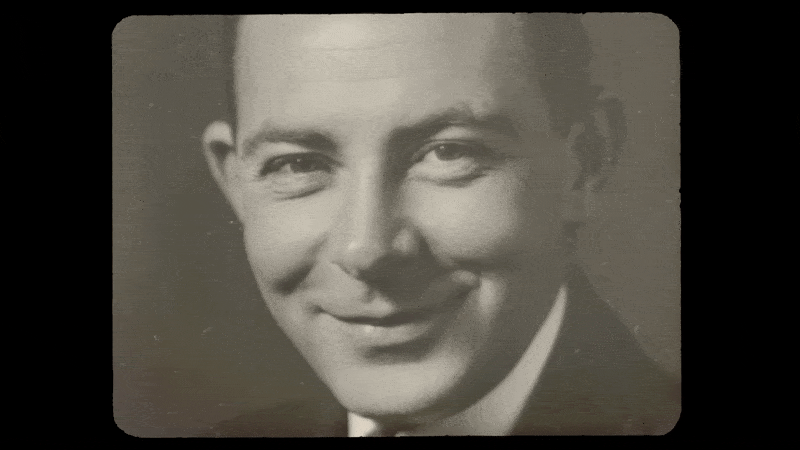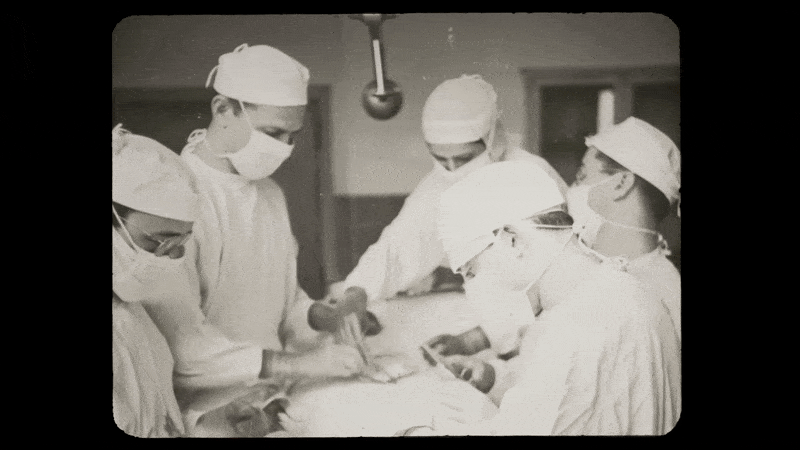Bringing history to life, with some help from AI
Bringing history to life, with help from AI
Date
Jun 11, 2025
Category
New release
As we planned the production of “Making History” we found a perfect use case for leveraging AI to create entire scenes from nothing but archival photographs.
A tool for bringing the past to life
Vanderbilt University’s Department of Medicine is celebrating its one-hundredth anniversary this year, and the marketing team asked us to create a short documentary commemorating the milestone. Their archivist gave us access to an enormous collection of stunning photographs dating back to 1925, which documented everyday life at the medical center — from portraits of now-famous physicians to candid moments between students.
That’s when the idea occurred to us: What if we could use AI to bring those old photos to life? As documentary filmmakers who often find ourselves re-creating a sense of the past with archival footage, we wondered if AI’s ability to animate a photo would make our story feel more real — or fake? So we put it to the test.

How we used it
The first thing we learned about using AI on historic photographs is that you want a light touch. A little goes a long way, and if you push it too hard… well, things get weird. The platform we used — a service called Kling AI — did a great job with analyzing a portrait and applying a smile (teeth, for some reason, always came out unnaturally white so we had to “dirty” them up in post). It also did well at animating a photo of doctors performing surgery, which you can see here.

What if?...
At this point we got excited and wondered if we could place one of our physician characters inside a completely non-existent scene. We had an interview where a doctor describes watching his mentor at the bedside of patients, and the impact it had on him as a young medical student. We had no footage of this, just a photograph of the mentor. So we fed AI detailed instructions to place the doctor at the bedside of a patient in a 1960’s hospital room as he took her vitals. We tried lots of variations, but we kept getting some version of this.

Well, that's just creepy.
Yeah, weird. Some versions looked like he was stabbing the patient. Not good.
Final thoughts
In the end, especially with portraits, AI gave us something we could never have achieved on our own. And we think it elevated the story. There’s still something uncanny about watching the expressions of the long-deceased spring to life from their portraits.
Is this a good tool for documentary filmmakers? Maybe it’s going too far. Already, we can feed AI a sample of someone’s voice and fix any dialog problems by typing in what we want them to say. As storytellers who trade on authenticity maybe all this technology undermines our whole approach to the craft.
For now, we think it’s a tool to be used sparingly, artfully. And as always, audiences will be the first to tell us if we’ve gone too far.
With that in mind, you can watch the full video below.
